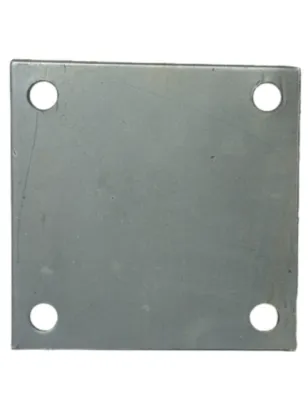loading...
- No. 9, Xingyuan South Street, Dongwaihuan Road, Zaoqiang County, Hengshui, Hebei, China
- admin@zjcomposites.com
- +86 15097380338
- Welcome to visit our website!
Exploring the Benefits and Features of Reverse Osmosis Membrane Housing for Water Purification Systems
Understanding RO Membrane Housing A Key Component in Water Purification
Reverse osmosis (RO) is a popular method for purifying water, making it safe and clean for human consumption. At the heart of this process is the RO membrane, which is crucial in filtering out impurities, contaminants, and harmful substances from water. However, the effectiveness and longevity of the RO membrane largely depend on its housing—the RO membrane housing. This article delves into the importance, design, and maintenance of RO membrane housing.
What is RO Membrane Housing?
RO membrane housing is a cylindrical vessel that encases the reverse osmosis membrane. It serves multiple purposes it protects the delicate membrane, provides structural support, and ensures the correct alignment and functioning of the membrane during the filtration process. Typically made from high-quality materials such as polypropylene or fiberglass-reinforced plastic, RO membrane housings are designed to withstand both high pressures and various environmental conditions, ensuring durability and reliability over time.
Importance of RO Membrane Housing
1. Protection The RO membrane is sensitive and can be easily damaged by physical impacts or chemical exposure. The housing acts as a sturdy shield, preventing any external damage that could compromise the membrane's integrity.
2. Performance Efficiency Proper housing ensures that water flows evenly across the membrane surface, promoting optimal filtration efficiency. Any irregularities can lead to uneven pressure distribution, resulting in reduced water purification effectiveness.
3. Maintenance and Accessibility A well-designed RO membrane housing facilitates easy maintenance and replacement of the membrane. This is crucial, as membranes require periodic replacement to maintain water quality. Easy access to the membrane can save time and effort, making the overall system more user-friendly.
4. System Integration RO membrane housings are designed to integrate seamlessly with other components of the water purification system, such as pre-filters, post-filters, and pumps. This integration helps in maintaining the overall functionality and cohesiveness of the water treatment process.
Design Considerations
When selecting RO membrane housing, several design considerations come into play
ro membrane housing

- Size and Configuration The size of the housing must match the membrane’s dimensions. Moreover, considerations such as the number of membranes (single or multiple) and their configurations (vertical or horizontal) are crucial for achieving the desired water output.
- Material Selection The material used for the housing must be resistant to corrosion, chemicals, and high pressure. The choice of material affects both the lifespan and performance of the entire RO system.
- Sealing and O-Rings Proper sealing mechanisms are essential to prevent leakages that could damage the membrane or the housing itself. High-quality O-rings ensure a tight seal and maintain pressure, enhancing system efficiency.
Maintenance Tips
To ensure the longevity and effectiveness of RO membrane housing, regular maintenance is vital
1. Inspect for Leaks Regularly check for signs of leaks around the housing. Prompt detection and repair can prevent potential damage.
2. Replace Membranes on Schedule Follow the manufacturer's recommendations for membrane replacement. Changing membranes at the right intervals ensures optimal performance and water quality.
3. Clean the System Regular cleaning of the RO system helps prevent the build-up of contaminants that could harm the membrane or affect the overall water quality.
4. Monitor Water Quality Regularly test the filtered water to ensure that the system operates efficiently and that the membrane is functioning as intended.
Conclusion
RO membrane housing is a critical component in the reverse osmosis water purification process. Its role in protecting the membrane and ensuring optimal performance cannot be overstated. By understanding its importance, design features, and maintenance requirements, users can enhance the efficacy of their water purification systems and ensure access to clean, safe drinking water. As the demand for clean water continues to grow, so too does the importance of robust and well-designed RO membrane housing.
-
GRP Structures: The Future of Lightweight, High-Performance EngineeringNewsJun.20,2025
-
FRP Water Tank: High-Performance Storage for Corrosive and Clean Water SystemsNewsJun.20,2025
-
FRP Square Tube: The New Industry Standard for Chemical and Structural ApplicationsNewsJun.20,2025
-
FRP Pultruded Profiles: The Ultimate Choice for Lightweight Structural StrengthNewsJun.20,2025
-
FRP Handrails: The Safer, Smarter, and Stronger Choice for Modern InfrastructureNewsJun.20,2025
-
FRP Grating: The Smart Solution for Durable, Lightweight Industrial FlooringNewsJun.20,2025
-
Why Choose a Galvanized Water Tank for Your Storage NeedsNewsMay.21,2025
